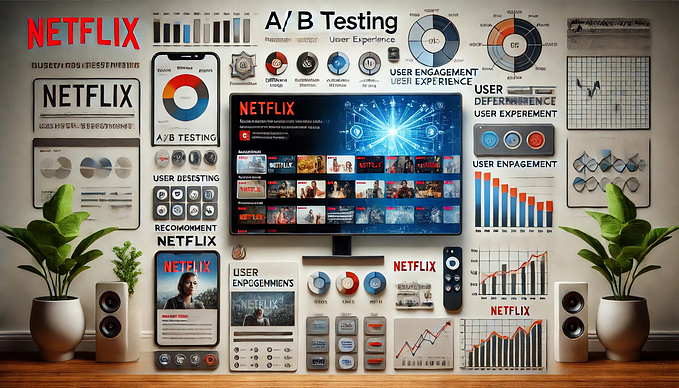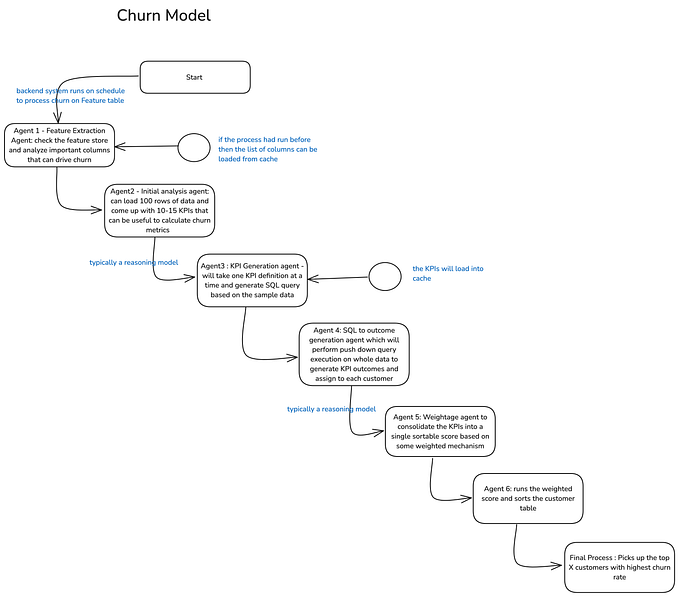Member-only story
How to evaluate product ideas — a systematic approach
Evaluate Product/Feature Ideas like a Pro with this guide for Product Managers and Product Owners. Perfect for those looking to enhance their product management skills and leadership abilities. This is not a guide on how to conduct user interviews or A/B testing, and assumes that you know that already.
What is the core job of a product manager (PM)?
The number one job of a PM is to make sure that the team is working on the next most valuable thing. Knowing what is the most valuable thing to work on, is not an intuition-based determination. This is where a distinction between ‘problems’ and ‘solutions’ is useful. Knowing what are the most important problems to solve, allows you to explore solutions to those problems.
Ideally, we would move from a problem definition to exploring solutions, but that’s not a luxury most PMs have. In reality, it is likely that you are getting bombarded with many solution ideas but without an implicit or explicit understanding of the problem being solved. If you give in to this bombardment, your team may be spending time on sub-optimal or even detrimental activities that serve no good for the customers and the company. So, to execute well on your core job, you need to be able to evaluate product and feature ideas effectively.
Ideas come from various sources. Although Marty Cagan seems to suggest that the sales department may not be the best source of ideas, that mindset can create unnecessary rifts between product and sales. Donald Asher (in a totally unrelated book called “Cracking The Hidden Job Market”) says, “The value of information is independent of the source of information”. I would encourage you to not pre-maturely shut out ideas based on where they are coming from, but assess them as you would assess your own.
You also need to be able to move the conversation back from solutions to problem definition when it’s not well defined. I have been in numerous conversations where the question “what is the problem we’re trying to solve?” invites blank stares — either because no one has really thought about it, or the answer is in someone’s head but not shared across the team. This article will help you tactfully move the discussion from solution back to problem definition. However, company culture can sometimes pose a challenge to product-led thinking. If you find that your efforts to steer the conversation towards the right direction are…








